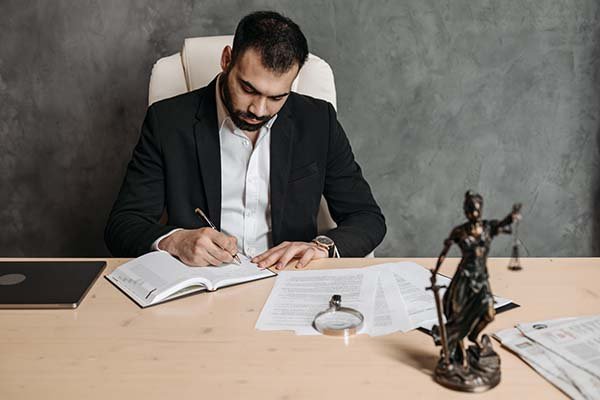Injury cases, evidence is crucial in establishing liability, demonstrating damages, proving causation, and showing negligence. Various types of evidence, including witness statements, medical records, photographs, and expert testimony, can be used to build a strong case. Preserving and presenting evidence effectively is key to securing fair compensation, making it the most important ally in the pursuit of justice.
When it concerns personal injury instances, evidence is the unrecognized hero, the silent witness that can make or break your case. In the lawful world, proof is king, and comprehending its function is crucial to constructing a strong personal injury situation.
1. Establishing Liability:
Proof plays a pivotal duty in developing responsibility. To confirm that another person is accountable for your injuries, you need to present compelling evidence. This could include photos of the mishap scene, witness declarations, mishap reports, and even skilled statement. The even more persuading your evidence, the more powerful your case.
2. Showing Damages:
In a personal injury case, you require to show the level of your damages. This consists of medical costs, shed wages, pain and suffering, and any kind of future expenses associated with your injury. In this context, medical records, expenses, and experienced medical viewpoints are important items of evidence. These papers aid repaint a clear picture of the financial influence of your injury.
3. Causation:
Verifying causation is another vital aspect. You have to show that the offender’s actions directly created your injuries. Evidence linking the offender’s oversight to your injuries can include mishap restoration records, medical specialist opinions, and any other proof that shows the cause-and-effect partnership.
4. Establishing Negligence:
In several accident situations, carelessness is at the heart of the matter. You’ll need proof that reveals the offender’s actions or noninclusions fell below the criterion of treatment expected. This could include images, video clips, eyewitness accounts, and even market standards that can serve as standards.
5. Witness Statements:
Eyewitnesses are important resources of proof. Their declarations can prove your variation of occasions and give an honest point of view. Experience declarations frequently play an essential function in establishing what happened and that is at fault.
6. Documenting the Scene:
Pictures and video clips of the crash scene are essential. They provide a visual document of the problems, barriers, or hazards that contributed to the occurrence. These visuals can be compelling evidence in court.
7. Professional Testimony:
Sometimes, specialist witnesses can offer specific expertise and analysis. For instance, clinical professionals can discuss the level and effect of your injuries. Mishap reconstruction experts can aid develop the cause of an automobile accident. Their testimony can lend trustworthiness to your claims.
8. Conservation of Evidence:
It’s vital to protect and record proof immediately after the case. Proof can weaken or be lost with time. Your attorney can assist make sure important proof is protected and recorded promptly.
In summary, proof is the foundation of a strong personal injury situation. It helps develop liability, demonstrate damages, prove causation, and establish neglect. The types of evidence you require might vary relying on your details situation, however an experienced injury attorney can help identify, collect, and present evidence successfully.
Building a robust personal injury case is a precise process. It entails accumulating, preserving, and presenting evidence in a manner that’s compelling and persuasive. With the ideal proof, you not only enhance your situation however also enhance your chances of getting reasonable settlement for your injuries. Don’t ignore the power of proof; it’s your toughest ally in the quest for justice.








0 Comments